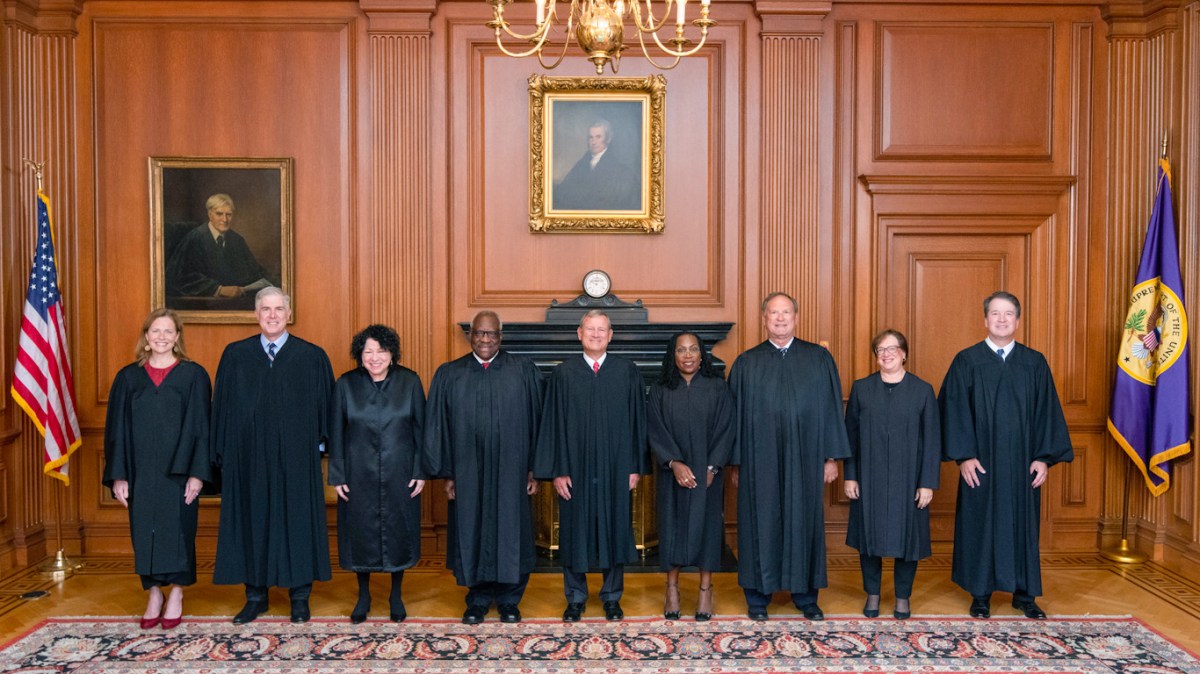Congresswoman Alexandria Ocasio-Cortez (D-NY) has had enough of the circus in the Supreme Court. She’s finally taking a stand by introducing articles of impeachment against two conservative justices, Alito and Thomas.
This bold step marks an unprecedented push in modern history to hold the highest judicial figures accountable, a spectacle not witnessed in over two centuries. Justice Alito has been embroiled in controversy over an inverted flag at his residence, which some interpret as a nod to the tumultuous events of January 6. Alito explains this as a brief oversight by his wife, but the symbolic implications are hard to ignore. Meanwhile, Justice Thomas has faced his series of scandals — from failing to disclose lavish trips funded by a well-known Republican donor, to his reluctance to recuse himself from cases tied to former President Donald Trump, given his wife’s political activities. Adding fuel to the fire, Thomas has also been re-criticized for past allegations of sexual misconduct.
It’s becoming increasingly clear that the Supreme Court is pushing a conservative agenda. They struck down Roe v. Wade, taking away women’s reproductive rights, and ruled that U.S. presidents have immunity against criminal proceedings while in office. Isn’t that just great? Our highest court is essentially saying, if you’re the president, you can do whatever you want without consequences! What a fantastic message to send to the American people.
AOC’s impeachment bill probably won’t pass, given the Republican majority in the House. In fact, in all of American history, only one Supreme Court Justice has ever been impeached. That was Samuel Chase, way back in 1805.
But how does the impeachment process even work for a Supreme Court Justice?
Impeaching a Supreme Court Justice involves a similar process to that of impeaching a President. It starts in the House of Representatives. A simple majority — that is, one more than half of those present and voting — is needed to pass the articles of impeachment. If this threshold is met, the case moves to the Senate for the trial. The Senate trial is where the heavy lifting happens. It’s a spectacle, with Senators acting as the jury and the Chief Justice presiding if the impeached party is the President of the United States.
For a Supreme Court Justice, the presiding officer could be the Vice President or the President pro tempore of the Senate. To convict and remove the Justice from office, a supermajority, or two-thirds of those present, must vote in favor. In the current Senate, that means 67 out of 100 senators would need to vote in favor of conviction. While the Constitution does not explicitly define what qualifies as impeachable offenses for judges, Congress has generally interpreted it to include things like perjury, fraud, corruption, abuse of power, and other serious ethical violations.

